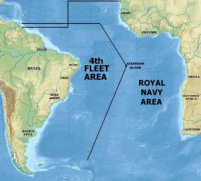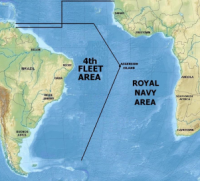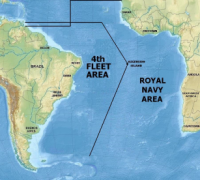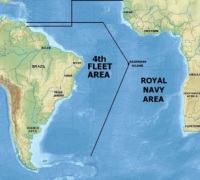U S NAVY 4th FLEET AT RECIFE - SHIP INDEX ATF ATR AV AVD AVP
12)AVP 21 HUMBOLDT
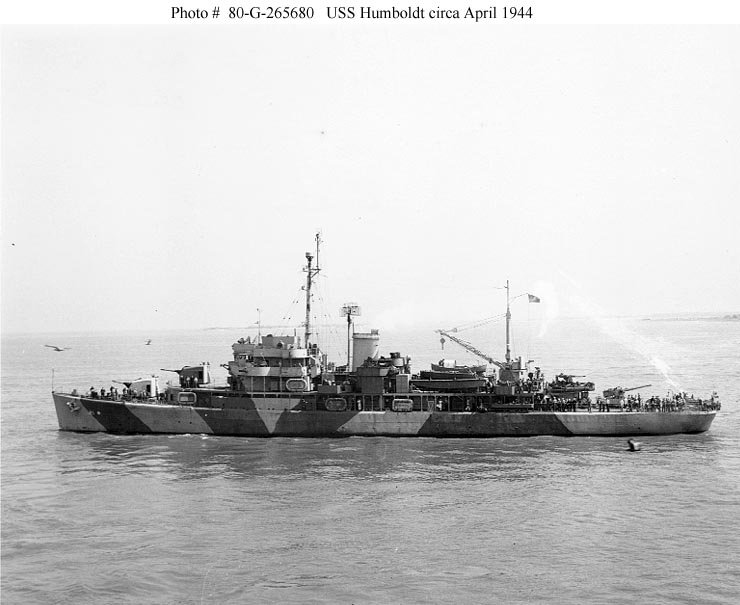
USS AVP 21 Humbolt painted camouflage scheme 32/5D, circa April 1944 in Hampton Roads, from USS San Jacinto US National Archives. US Navy photo now in the collections of the US National Archives By USNHC. Photo. www.navsource.org.

USS Humboldt AVP 21,painted camouflage scheme 32/5D, off Norfolk, Virginia, 17 November 1944 by an aircraft from the Norfolk Naval Air Station. US Naval Historical Center. Photo. www.navsource.org
.jpg)
USS Humboldt, painted camouflage scheme 32/5D, tending a PBM seaplane of Fleet Air Wing 16 at Bahia, Brazil, April 1945. From the Collection of Capt. Roy C Smith III, now at the US Naval Historical Center. Photo. www.navsource.org.
Specifications:
Displacement 1,766 t.(lt) 2,750 t.(fl)
Length 311' 8".
Beam 41' 1".
Draft 13' 6".
Speed 18.6 kts.
Complement 215.
Armament: One single 5"/38 dual purpose gun mount, one quad 40mm AA gun mount, two dual 40mm AA gun mounts, four dual 20mm AA gun mounts.
Largest boom capacity: 10 t.
Ships Service Generators:Two diesel-drive 100Kw 450V A.C., two diesel-drive 200Kw 50V A.C.
Fuel Capacities: Diesel 1,955 Bbls. Gasoline
Propulsion: Two General Motors 12-288 diesel engines, Single Fairbanks Morse Main Reduction Gear. Two shafts, 6,080 shp.
Following rigorous shakedown training off the Atlantic coast, the new seaplane tender AVP 21 Humboldt, sailed from
During the months that followed, these patrol aircraft, operating with ships of the Brazilian and U.S. Navies, patrolled the vital
While at
She continued this dangerous duty, often sailing unescorted, into the early months of 1944, occasionally sailing to
The seaplane tender continued to bring supplies to squadrons in the Azores and North Africa until 22 March 1945 when she sailed from
DANFS. DICTIONARY OF AMERICAN NAVAL FIGHTING SHIPS
